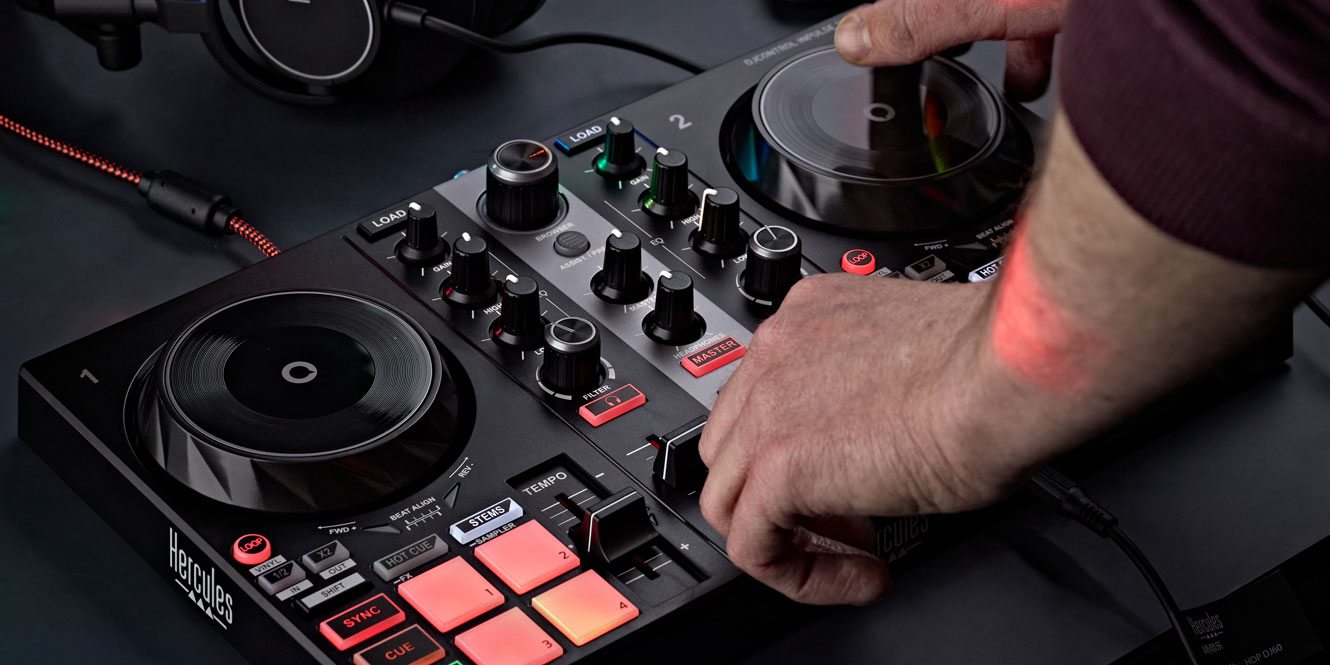
Cross sectioning plays a critical role in quality assurance, failure analysis, and material evaluation across industries like electronics, automotive, aerospace, and medical devices. When you need accurate internal inspections that reveal the most minute structural and compositional details of your sample, Cross Section Lab stands out as a reliable partner offering industry-leading cross sectioning services.
What Is Cross Sectioning?
Cross sectioning is a precision technique used to reveal the internal structure of a component or material. It involves cutting through an object to expose a cross-sectional view, enabling detailed microscopic analysis. This method is essential for identifying manufacturing defects, evaluating bond integrity, verifying layer structures, and analyzing failures.
By providing a clear view into the internal features of PCBs, ICs, semiconductors, welds, coatings, and other complex materials, cross sectioning supports root cause analysis, quality control, and compliance verification.
Why Cross Sectioning Matters in Modern Industries
In a world increasingly reliant on electronics and micro-manufacturing, ensuring the integrity of internal components is vital. Cross sectioning helps engineers and quality professionals:
- Examine microstructures and interfaces
- Identify solder joint anomalies
- Detect delamination and voids
- Measure plating thicknesses
- Assess corrosion and contamination
- Confirm material integrity after environmental testing
Industries like aerospace, automotive, telecommunications, and consumer electronics depend on precise internal inspections to meet safety, performance, and reliability standards. Cross sectioning provides the insights needed to keep systems running smoothly and products safe for end users.
The Cross Section Lab Advantage
At Cross Section Lab, we specialize in providing highly detailed and accurate cross sectioning services tailored to your industry needs. Our facility is equipped with state-of-the-art preparation and imaging tools that deliver exceptional results.
Here’s why engineers, manufacturers, and research teams choose Cross Section Lab:
1. Advanced Equipment
We use high-precision cutting, grinding, and polishing systems designed specifically for cross sectioning. Combined with high-resolution optical and electron microscopy, we ensure thorough internal inspections.
2. Expert Technicians
Our experienced technicians understand the nuances of various materials, from delicate semiconductors to robust metal alloys. Their skill guarantees that your samples are handled with precision and care.
3. Customized Service
Every cross sectioning project is unique. We tailor our process based on your specific application, whether it involves multilayer PCBs, wire bonds, conformal coatings, or metallurgical samples.
4. Fast Turnaround
Cross Section Lab understands the urgency of R&D and production timelines. That’s why we offer fast turnaround without compromising the quality of our internal inspections.
5. Comprehensive Reporting
Each cross sectioning analysis is accompanied by detailed documentation, including high-resolution images, measurements, and expert commentary. This ensures that you have actionable insights to support your design, manufacturing, or failure analysis process.
Applications of Cross Sectioning
Cross sectioning is versatile and applicable across numerous fields. Below are some of the most common applications where Cross Section Lab delivers measurable value:
Electronics and Semiconductors
- PCB failure analysis
- Solder joint inspection
- BGA and microvia evaluation
- Bond pad analysis
- Layer structure verification
Automotive and Aerospace
- Weld joint integrity
- Thermal barrier coatings
- Corrosion analysis
- Paint and coating thickness measurement
- Sensor assembly inspections
Medical Devices
- Catheter and stent evaluation
- Encapsulation inspection
- Bond strength verification
- Component alignment analysis
Materials Science
- Metallographic studies
- Microstructure analysis
- Porosity evaluation
- Grain structure observation
Our Cross Sectioning Process
Cross Section Lab follows a proven methodology to ensure consistent and high-quality results:
Step 1: Sample Preparation
Samples are carefully selected, labeled, and mounted to avoid distortion or damage during processing.
Step 2: Cutting and Grinding
Using precision saws and abrasives, the sample is sectioned to expose the internal features. We ensure minimal mechanical stress during this process.
Step 3: Polishing
Multiple polishing stages create a smooth and scratch-free surface, ideal for microscopic imaging and measurement.
Step 4: Imaging and Analysis
Samples are examined using optical and scanning electron microscopes (SEM). This stage reveals microstructural details such as layer thickness, voids, and defects.
Step 5: Reporting
Clients receive a comprehensive report, complete with annotated images, dimension measurements, and expert analysis.
Quality Assurance You Can Trust
Cross Section Lab adheres to rigorous quality control protocols throughout the entire cross sectioning process. We calibrate our equipment regularly and train our staff to follow best practices in metallographic and microstructural analysis.
Our facility supports compliance with industry standards including:
- IPC-A-600
- ASTM standards
- JEDEC guidelines
- ISO 9001 quality management systems
Whether you need routine inspections or in-depth failure analysis, Cross Section Lab ensures the data you receive is accurate, reproducible, and actionable.
Why Partner with Cross Section Lab?
When choosing a cross sectioning service provider, precision, reliability, and communication are key. Cross Section Lab delivers on all fronts:
- Clear Communication: We work closely with your engineering or QA team to understand objectives.
- Tailored Analysis: From one-off prototypes to high-volume production audits, our process adapts to your needs.
- Transparent Pricing: No hidden fees. You get upfront quotes based on scope and sample complexity.
Our mission is to make advanced internal inspections accessible and valuable to every client, regardless of industry or project size.
Frequently Asked Questions (FAQs)
Q1: What materials can be analyzed through cross sectioning? Cross sectioning can be applied to metals, ceramics, polymers, PCBs, semiconductors, coatings, adhesives, and composites.
Q2: How long does the cross sectioning process take? Typical turnaround time ranges from 2 to 5 business days depending on sample type and volume. Expedited services are available.
Q3: Is the sample destroyed during cross sectioning? Yes, cross sectioning is a destructive testing method. The sample is cut and altered permanently for internal inspection purposes.
Conclusion: Invest in Precision with Cross Section Lab
Cross sectioning is not just a diagnostic tool—it’s a strategic asset that supports quality assurance, innovation, and product reliability. Cross Section Lab empowers engineers, manufacturers, and researchers with the clarity and confidence they need through precise internal inspections. Ready to Explore? Visit Our Site and Unlock the Latest Offers.





